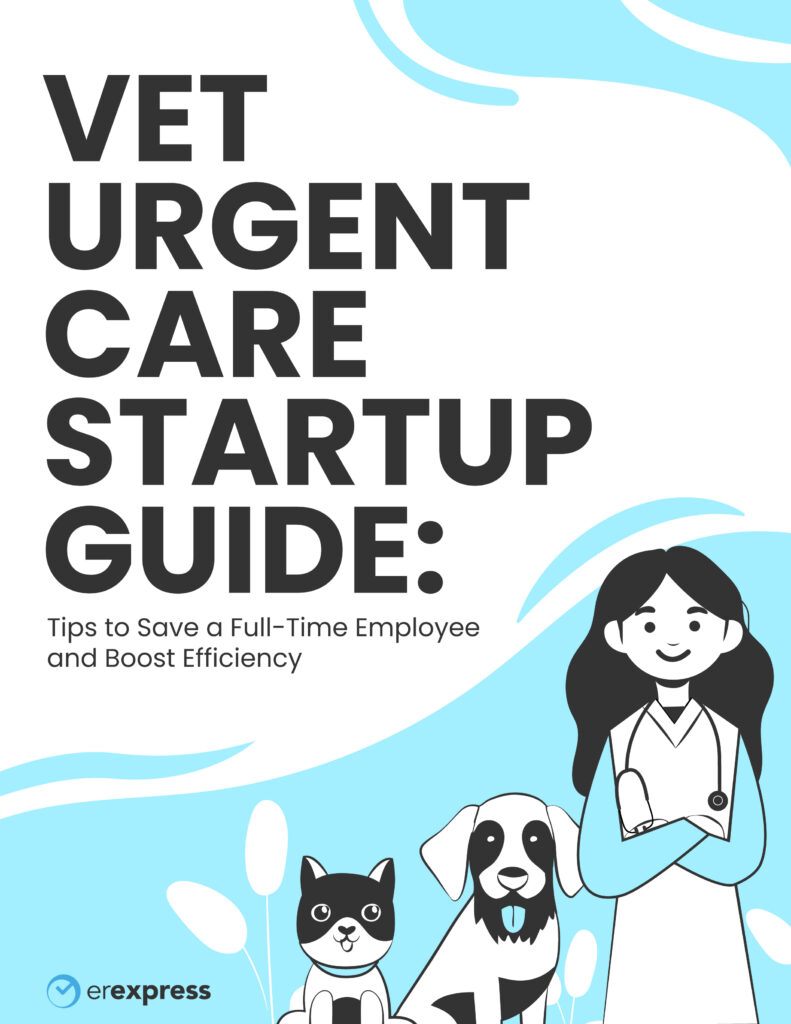It’s no secret that urgent cares can quickly become chaotic environments. As patient volume and demand increases, staff can quickly become overwhelmed, and patients can suffer the consequences.
To make sure that you can adequately allocate enough time to your patients, having the right workload management strategy in place is essential. However, this is easier said than done.
Today, we’re going to offer some tips to help you better manage your workflow at your urgent care. Let’s begin with the central piece of the puzzle: your staff.
Understand Your Staffing Needs
The first step in managing the workload at your urgent care is to understand your staffing needs. You should have an understanding of how many staff members you need to have on duty as well as what their roles and responsibilities are. Additionally, you should have a plan for how to cover shifts when staff members are out sick or on vacation.
Beyond the staffing needs, also consider your staff’s needs. Do your current personnel have any ideas or requests for solutions that could improve their workflow and reduce time spent on administrative tasks? Listen to feedback and determine if there are options that you can pursue to help them, whether interim or long-term.
Create a Schedule
Once you know how many staff members you need, you can create a schedule that ensures that there are enough staff members on duty at all times. The schedule should be designed to meet the needs of your patients and should be posted in a visible location or available on an internal server so that staff members can easily refer to it.
However, before you craft your schedule, take a moment to review peak times at your urgent care. Schedule more staff members during these hours so that you can see and treat more patients with greater efficiency.
Train Your Staff
Onboarding is one of the most crucial steps in making sure that employees are well-adjusted to the environment. During the onboarding process, it is important that you train your staff on how to properly handle the workload at your urgent care. They should know how to prioritize patients based on their needs and how to effectively communicate with other staff members. Additionally, staff should be familiar with your policies and procedures so that they can properly follow them.
Monitor the Workload
When managing a practice that can get as chaotic as an urgent care, it’s important that you regularly monitor the workload to ensure that it is being managed effectively. You can do this by tracking patient wait times, observing staff interactions, and speaking with patients about their experiences.
If over time you find that the workload is not being managed effectively, you can make adjustments to your staffing or scheduling as needed.
Be Flexible
Because of the ever-changing needs of urgent cares, it is paramount that you’re able to be flexible when managing the workload in your practice. This means that you may need to make changes to your staffing or scheduling based on the needs of your patients or the availability of staff members.
Additionally, you may need to adjust your policies and procedures as new challenges arise or you discover more efficient methods of managing the practice.
Delegate Responsibilities
As the manager of an urgent care, you must be able to efficiently delegate responsibilities to your staff members so that they can help to manage the workload. This includes assigning tasks, setting deadlines, and providing feedback. By delegating responsibilities, you can ensure that the workload is managed effectively and efficiently.
Offload Repetitive Tasks with the Right Software
With the right software, you should be able to offload repetitive tasks and manage your practice more efficiently.
One common feature of medical administrative software is the ability to manage patient queues remotely and digitally. This helps your staff prioritize which patients need to be seen first and make sure that the line runs smoothly. Many softwares also provide wait times so patients know how long they have to wait until they’re seen.
Another important feature that a software can offer is the ability to securely manage medical chart information. This way, your staff can access any information they need in a single secure location without having to sift through piles of documents.
Additionally, many software solutions offer the ability to digitize your registration, intake, and consent forms so that patients can fill these out via their mobile device. On a similar note, your practice should find a software that allows you to communicate with patients via SMS and two-way texting. These features make it easier for your patients to fill out forms and receive communications without the hassle of a phone call or long wait in the office.
Upgrade Your Workflow Management for Your Urgent Care
ER Express is the premier innovator of medical administrative software for urgent cares in the United States. Our solutions allow you to provide a better patient experience while also freeing up your staff’s time to focus more on providing excellent care.
Our solutions are built based on real needs of urgent care administrators, care providers, and patients with a single goal to help you elevate the quality of your services. To learn more, request a demo today




